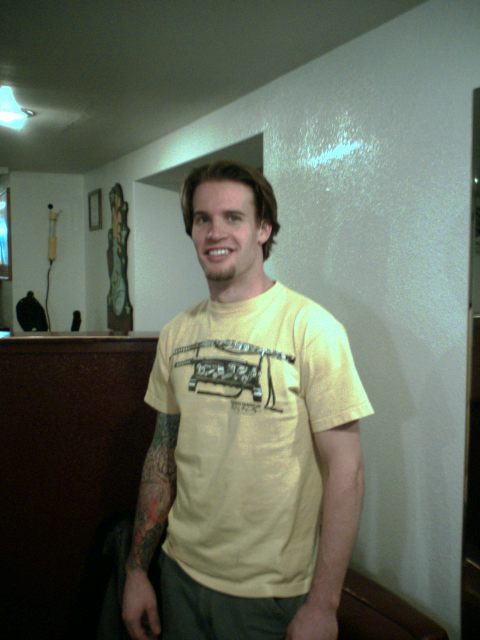http://www.youtube.com/watch?v=i2jLIaWZ11cDear Sexson, In case you were curious about my injury this is for you. I couldn't figure out how to show youtube videos but the link takes you to where I want you to go. It shows aikido and the types of falls a person takes. I am not in this clip, but this is what I enjoy doing when I am physically able. In one kind of fall, that is being demonstrated and which have done many a times, something happened and my knee couldn't extend past 90 degrees.
I am not sure what type of surgery I underwent. I was knocked out for it so I don't know what all was done. But if it's not, I think it gives a person a good idea about the injury and surgery.Technique of Arthroscopic Meniscal Repair
There are a variety of surgical techniques available for repairing a torn meniscus. Initially surgeons used to do an open repair (outside-in) sewing the meniscus back together through an incision, however in recent years the technology has progressed so that these repairs are now routinely done arthroscopically.
One arthroscopic technique is an inside-out method that uses curved guide tubes called cannulas to direct a pair of long needles into the meniscus and out through a small incision in the back of the knee. The suture thread ends connected to the needles are then tied together on the outside of the knee capsule layer to firmly bring the meniscal tear together.
This technique works well but note that it does require a 11/2 - 2" incision to access the area where the knots need to be tied down.
http://www.orthoassociates.com/meniscus.htmis where I found this information and has some picture, real and drawn, of what it looks like. Again, since I'm not sure which style of surgery I endured.......


